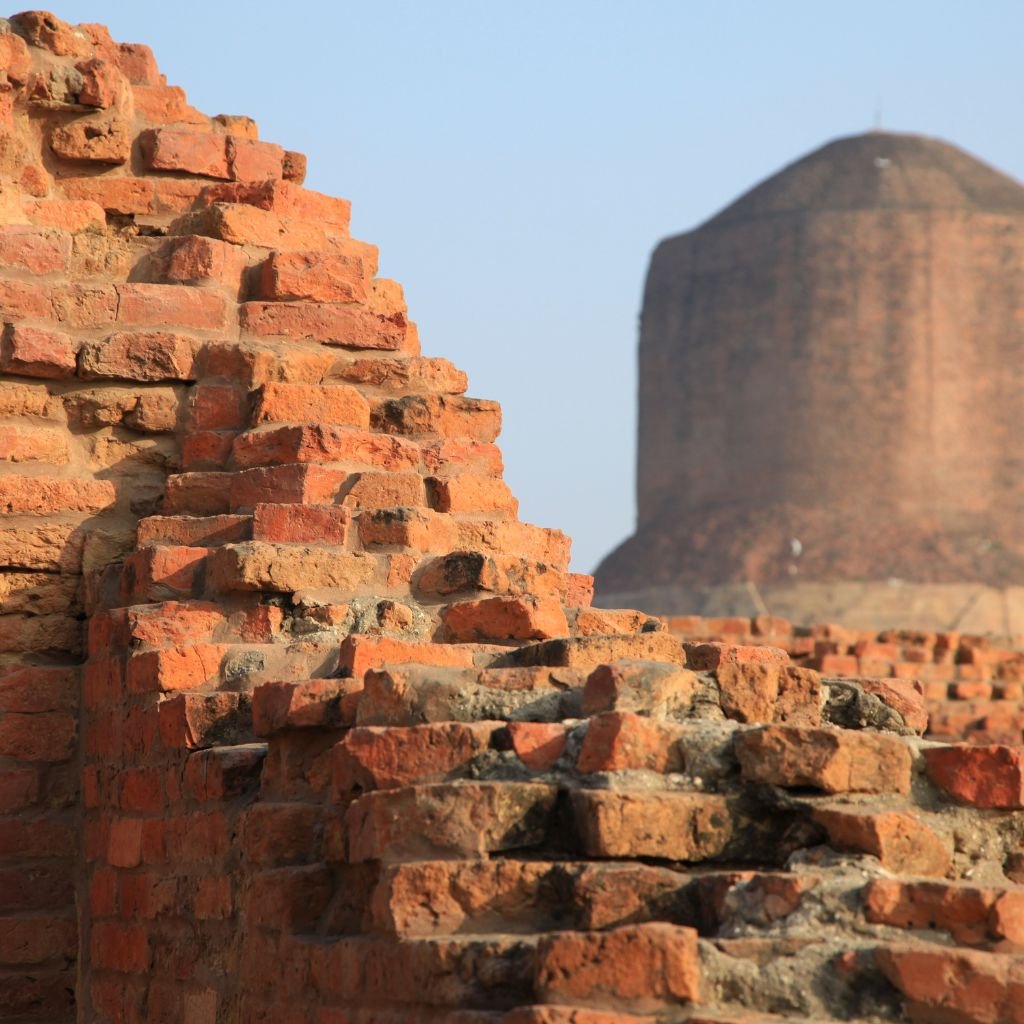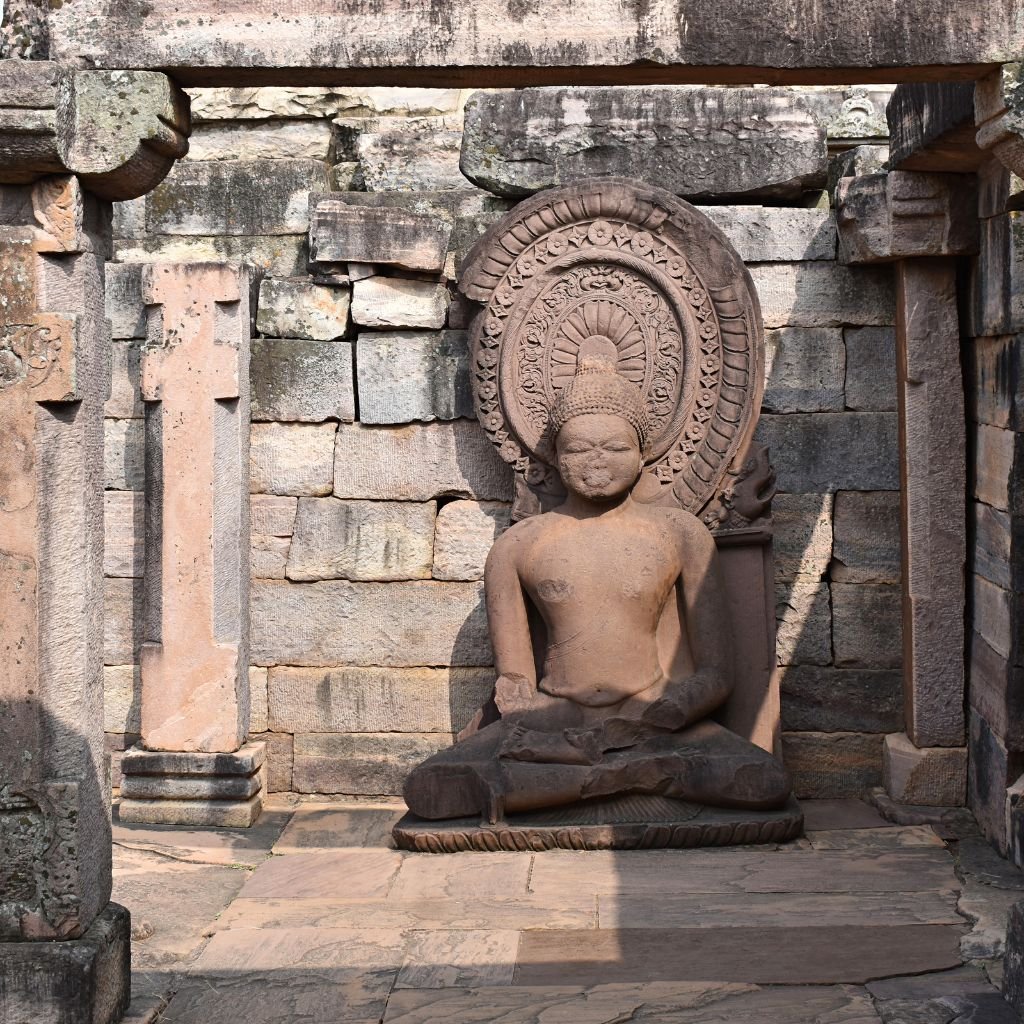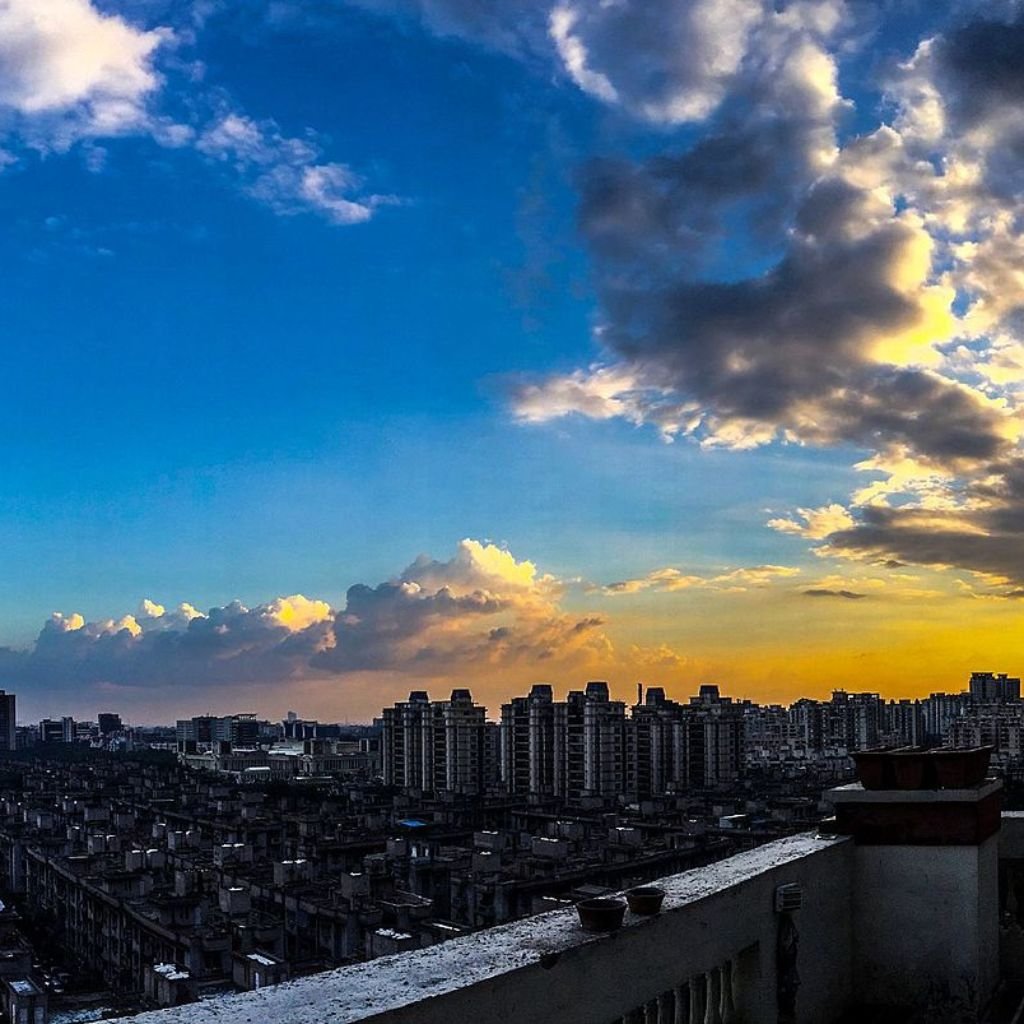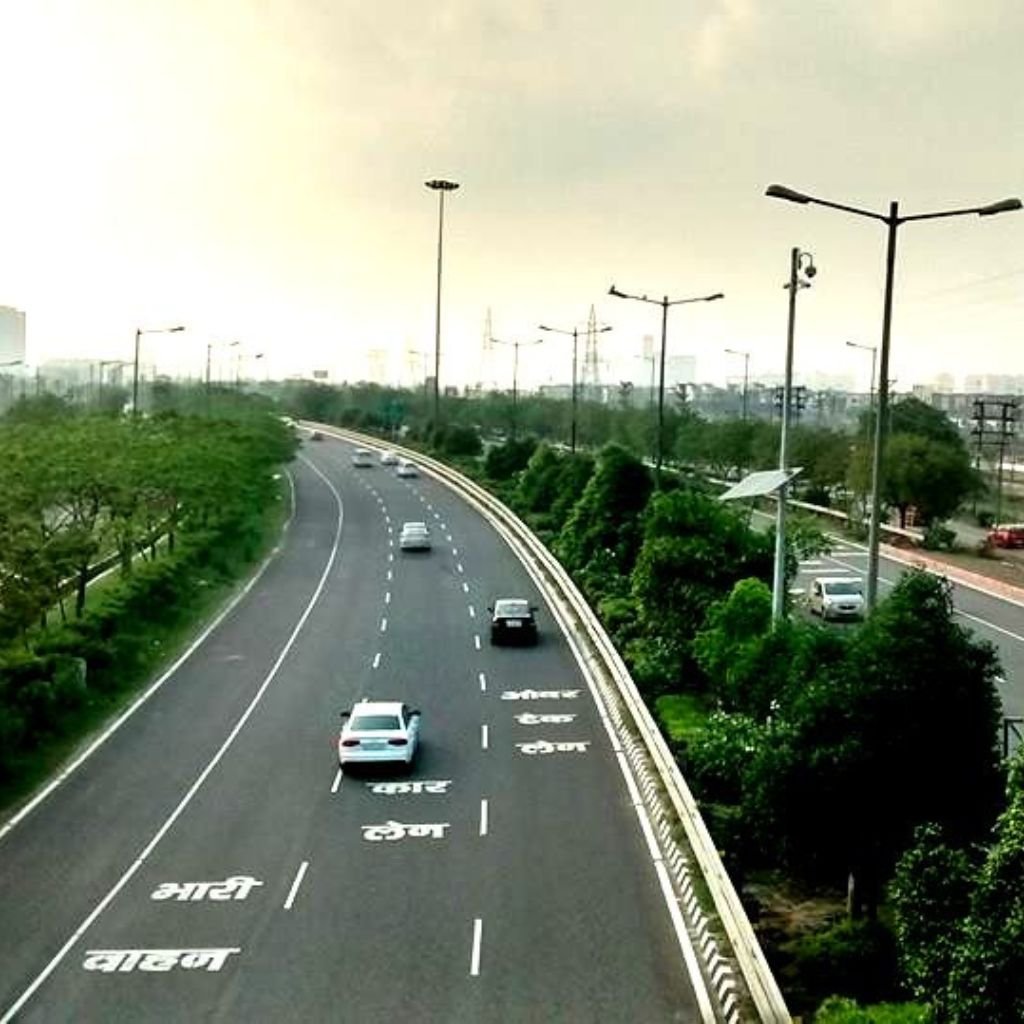


Uttar Pradesh, often regarded as the cradle of Indian civilization, was a significant center of cultural, spiritual, and political activity during the ancient period.
Vedic and Epic Age: The region of Uttar Pradesh is mentioned in ancient Indian texts, including the Vedas and the epics Mahabharata and Ramayana. Ayodhya, believed to be the birthplace of Lord Rama, holds a sacred place in Hinduism. The Kurukshetra War, central to the Mahabharata, also has ties to this region.
Buddhist and Jain Influence: Uttar Pradesh is closely associated with the life of Lord Buddha. Sarnath, near Varanasi, is where Buddha gave his first sermon after attaining enlightenment. Additionally, Jainism flourished here, with important sites such as Kaushambi becoming centers of Jain thought.
Magadhan Empire and Mauryan Rule: During the Mauryan Empire (4th century BCE), the region became politically significant. Under Emperor Ashoka, Buddhism spread widely, and many stupas and monasteries were established in Uttar Pradesh. Cities like Pataliputra (modern-day Patna, which influenced the UP region) were administrative centers.
The medieval period saw the rise and fall of several dynasties that shaped Uttar Pradesh’s cultural and architectural heritage.
Gupta and Harsha Empires: The Gupta Empire (320-550 CE) was known as the “Golden Age” of India, with Uttar Pradesh being a major part of their kingdom. Cities like Prayagraj (then known as Prayag) became centers of learning, art, and literature. The emperor Harsha, who ruled from Kanauj (Kannauj), made Uttar Pradesh a center of power during the 7th century.
Medieval Kingdoms: After the decline of Harsha’s empire, the region saw the rise of various Rajput clans and smaller kingdoms, including the Gahadavalas who ruled from Varanasi and Kannauj.
Islamic Invasions and the Delhi Sultanate: The arrival of Muslim rulers, beginning with the invasions of Mahmud of Ghazni in the 11th century, marked a shift in the political landscape. By the 13th century, Uttar Pradesh became a crucial part of the Delhi Sultanate under rulers like Qutb-ud-din Aibak and Alauddin Khilji.
Mughal Era: The Mughal period (16th-18th century) transformed Uttar Pradesh into a political, cultural, and architectural hub. Agra, the Mughal capital, witnessed the construction of architectural masterpieces like the Taj Mahal and Fatehpur Sikri under Emperor Akbar. Akbar established a grand empire, and his policies of tolerance and administration set a strong foundation. His successors, Jahangir, Shah Jahan, and Aurangzeb, continued to strengthen Mughal control over the region.


Uttar Pradesh played a crucial role in India’s colonial history, from the arrival of European powers to the struggle for independence.
Decline of the Mughal Empire: By the 18th century, the Mughal Empire began to weaken, and Uttar Pradesh saw the rise of regional powers such as the Nawabs of Awadh (modern-day Lucknow). Awadh became a center of culture and art under rulers like Nawab Wajid Ali Shah.
British Colonial Rule: In 1801, the British East India Company took control of the region after the Treaty of Allahabad, marking the beginning of British rule in Uttar Pradesh, then called the United Provinces of Agra and Oudh. The state became a critical administrative and military center for the British.
First War of Independence (1857): Uttar Pradesh was at the heart of India’s First War of Independence, also known as the Sepoy Mutiny of 1857. Cities like Meerut, Kanpur, and Lucknow saw some of the most intense uprisings. Leaders like Rani Lakshmibai, Nana Sahib, and Begum Hazrat Mahal spearheaded revolts against British rule.
Freedom Struggle: Uttar Pradesh became a prominent base for India’s freedom struggle in the 20th century. Leaders like Mahatma Gandhi, Jawaharlal Nehru (from Allahabad), and Sardar Vallabhbhai Patel mobilized mass movements such as the Non-Cooperation and Quit India movements. The city of Lucknow hosted important political events like the 1916 Lucknow Pact, which marked cooperation between the Indian National Congress and the All India Muslim League.
After India gained independence in 1947, Uttar Pradesh emerged as a significant political and economic player in modern India.
State Formation: Uttar Pradesh was officially named as such in 1950, shortly after India became a republic. As the most populous state in India, it has played a key role in shaping the nation’s politics, providing several prime ministers, including Jawaharlal Nehru, Indira Gandhi, and Atal Bihari Vajpayee.
Political Influence: Uttar Pradesh remains central to India’s political landscape, with the state often serving as a bellwether in national elections. The state has been a stronghold for various political parties, including the Indian National Congress, Bharatiya Janata Party (BJP), and regional powers like the Samajwadi Party and Bahujan Samaj Party.
Economic and Industrial Growth: In the post-independence period, Uttar Pradesh has undergone substantial economic changes. While agriculture remains its backbone, the state has seen significant growth in industries such as textiles, manufacturing, electronics, and IT. The Noida and Greater Noida regions, in particular, have emerged as major industrial and IT hubs.
Cultural and Religious Significance: Uttar Pradesh continues to be a major cultural and religious destination. Cities like Varanasi, Prayagraj, Ayodhya, and Mathura attract millions of pilgrims and tourists. The state’s cultural festivals, literature, and music, including classical Hindustani music, remain integral to India’s cultural identity.


Uttar Pradesh (UP) has emerged as one of India’s key industrial and economic hubs, balancing its rich cultural heritage with rapid modernization and economic diversification. With its vast agricultural landscape, thriving manufacturing sector, and emerging information technology (IT) industry, UP is a significant contributor to India’s overall economic growth.
Agriculture remains the largest sector in Uttar Pradesh, employing the majority of the population. The state is known as the “Sugar Bowl of India,” as it is the country’s largest producer of sugarcane. In addition to sugarcane, Uttar Pradesh is also a leading producer of wheat, rice, pulses, fruits (such as mangoes), and vegetables, making it a key player in India’s agricultural economy.
The state’s fertile Gangetic plains are ideal for farming, and the government has introduced several initiatives aimed at modernizing farming techniques, improving irrigation systems, and providing farmers with better access to markets, helping to increase crop yields and profitability.

